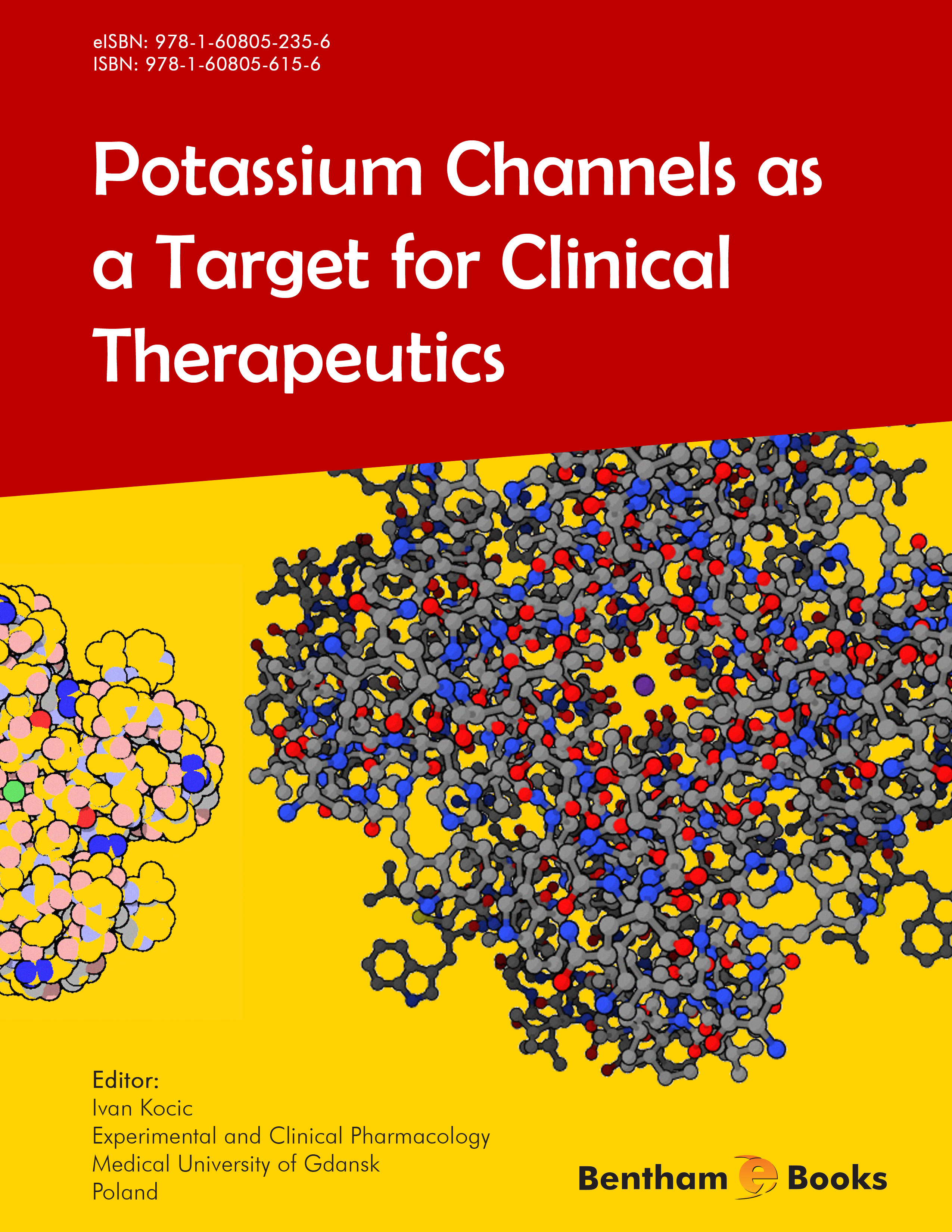Foreword
This e-book presents an overview of the different substances capable of modulating potassium channels in relation to various clinical indications in cardiology, pulmonology, endocrinology and neurology. The possible benefits and side effects of potassium channel modulators is discussed in correlation with biophysical and pharmacological properties of ion channels. Readers will learn how mutation of K+ channels can be conferred by molecular processes such as alternative splicing, RNA editing and posttranslational modifications. Altogether, this e-book will be of use to clinical practitioners, electrophysiologists and pharmacologists interested in the complicated but fascinating science of potassium channels.
It is shown that congenital and acquired changes in the function of potassium channels contribute to the development of various cardiovascular diseases (arrhythmia, sudden cardiac death, cardiac hypertrophy, cardiomyopathy, arterial hypertension, vasospastic angina pectoris etc.). It has particularly highlighted their importance in generating the action potential of cardiac cells. In cardyomiocytes there are several types of ion channels that could compare with picturesque instruments in the orchestra. Each instrument provides a specific tone, and tones produce a melody - the action potential. As in the orchestra, in which it is sufficient that only one instrument is not playing the right tone and the melody breaks down, so the slightest error in cardiac electrogenesis can be fatal. Authors of this book suggest that the knowledge of the structure, function and regulation of potassium channels, which are directly responsible for the duration of repolarization of cardiomyocytes is of great importance for physicians and scientists.
In particular, they described the different channalopathies of potassium channels. Luckily, it is a disease of one gene, and as such is very rare in the general population. However, they provide the opportunity to examine the relationship between structure, function and physiological roles of individual ion channels.
Finally, it should be noted that although potassium channels have important functions in the body, and they are numerous, currently only potassium channel blockers (sulfonil urea derivatives, antiarythmics of group III) have an important place in modern treatment of cardiovascular diseases. Potassium channel openers (nicorandil, pinacidil, diazoxide, etc.), in spite of all efforts over the past three decades, have not found their place in modern cardiovascular therapy. The authors of this book, whose original experimental research in the field of potassium channel is well recognized in the scientific public, tried to give us answer to the question: “What will be the future of the potassium channel modulator as drugs ?”.By reading this book, we can become a member of a family of scientists who is engaged in the potassium channels story.
Ljiljana Gojkovic Bukarica
Professor of Pharmacology
Institute of Pharmacology
Clinical Pharmacology and Toxicology
Medical Faculty in Belgrade
Serbia

